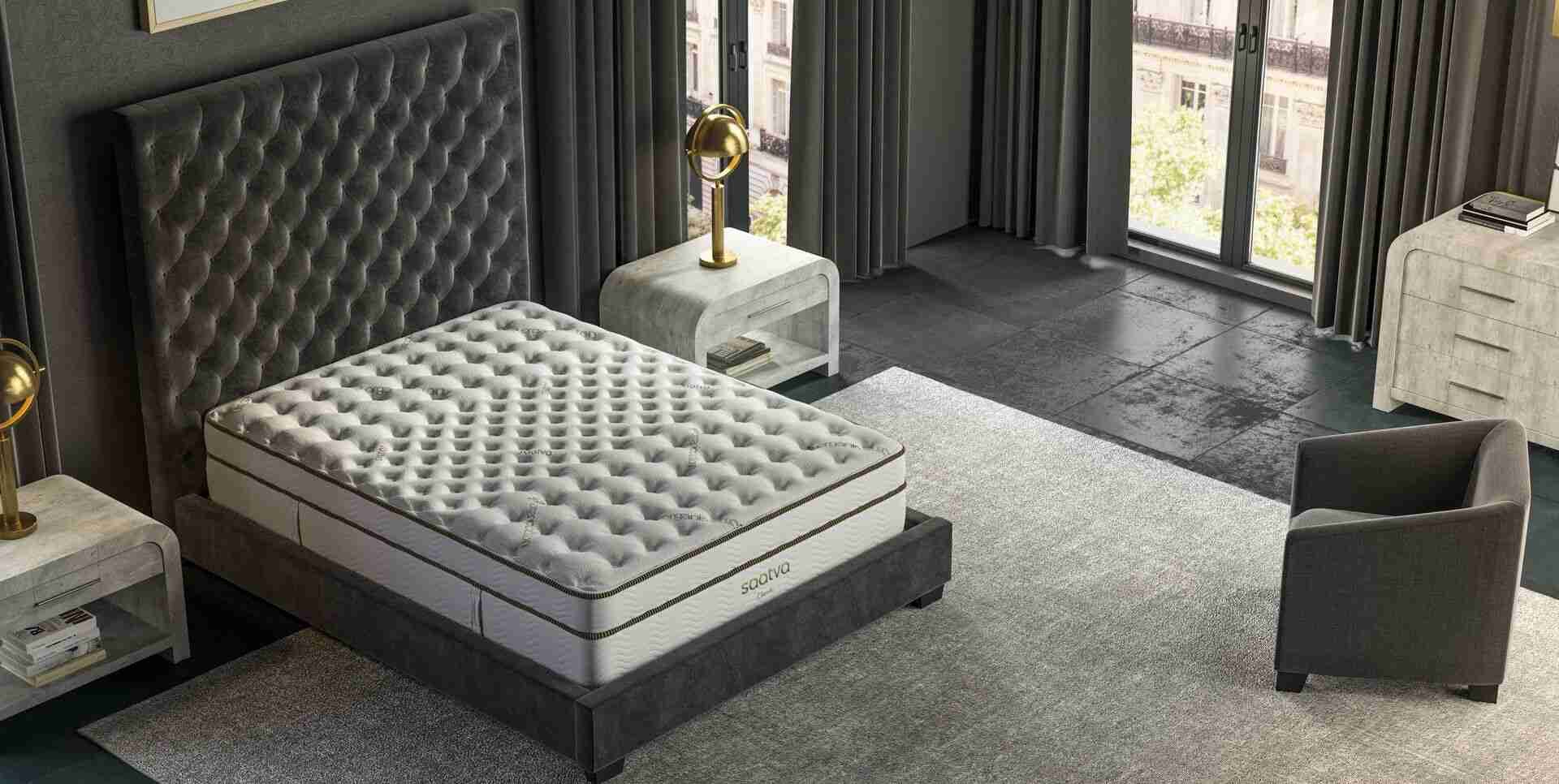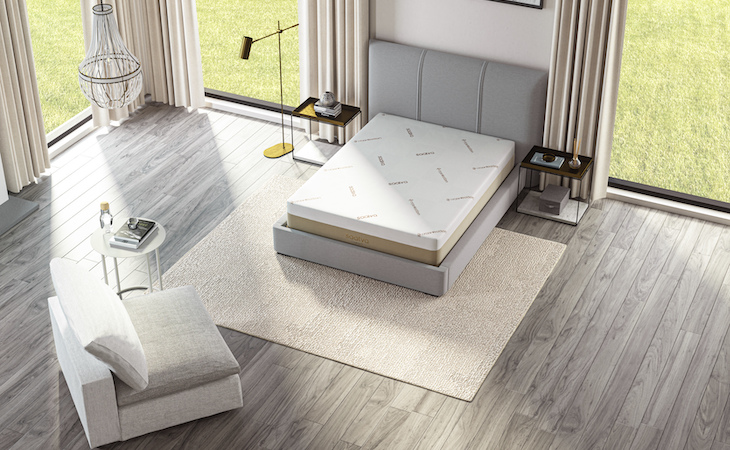Chances are a lot has changed in the mattress-shopping world since you bought your last one. It’s no wonder so many people end up feeling overwhelmed by the all the choices. Should you get a mattress with springs or one made of foam? Which is better, softer or more supportive? Does it matter that you’re a stomach sleeper? It’s enough to make you just give up and keep your old mattress for another year. That would be a shame—especially since narrowing down the options and finding the perfect mattress is easier than you think.
How to pick the best mattress
To pick the best mattress, start by asking yourself these four questions.
Do you want a firm mattress or one with a little more give?
How you answer this question will help steer you to the type of mattress that’s best for you. Most mattresses these days are either innerspring, memory foam, or latex—although, to make things a little more complicated, many are constructed of layers that include more than one of those materials.
“When you think about the makeup of a mattress, know that the bottom eight inches are what will support you, while the top three to four inches are what will determine how cushiony the mattress feels,” says Michael Breus, PhD, a clinical psychologist and fellow of the American Academy of Sleep Medicine. A mattress with an innerspring support system will provide the “bounciest” feel, though even within the innerspring category you can find a range of firmness options. One clue to how firm an innerspring mattress will feel is coil thickness, or gauge. Mattress coil gauge typically ranges from 12 to 15, with lower numbers indicating thicker wire. The thicker the springs, the firmer the feel.
Foam mattresses don’t have that springy feel, which makes sense since they don’t have springs. Firmness is a function of foam density; the denser the foam, the more supportive the mattress and the less you’ll sink into the surface. Premium memory foam mattresses contain support layers of high-density foam, typically 4 to 5 pounds per cubic foot.
Somewhere in the middle of innerspring and foam lies latex. A more elastic, “springier” material, latex offers the support of foam but with a buoyant, elevating sensation. As a result, your body will stay lifted up all night long. (Here’s how to make your mattress firmer.)
What’s your preferred sleeping position?
The key to comfort is matching the mattress to the way you sleep. If you’re a side sleeper, for example, you’ll feel better on a mattress that can conform to your shape. If the comfort layer—the top three to four inches that determine how firm or pillow-like the mattress feels—is too unyielding, your bottom hip and shoulder will be subjected to a lot of pressure throughout the night.
Stomach sleepers, on the other hand, do better with more support. “If you sleep on your stomach and the mattress is too soft, it can put a lot of stress on your back,” says Nancy H. Rothstein, director of Circadian Corporate Sleep Programs. That makes firmer innerspring or latex mattresses a good fit.
Back sleepers have an advantage: they can get a good night’s rest on lots of different surfaces. The important thing is getting enough support to keep your spine in alignment and sufficient softness in the comfort layer to allow certain areas like the tailbone to be adequately cushioned.
Do you sleep alone or with a partner?
According to a National Sleep Foundation survey, four out of five people sleep with a partner, child, or pet in bed with them. If you’re among that number, you’ll want to consider motion isolation—how well a mattress keeps movement from carrying from one side of the bed to the other. Foam and latex both excel at keeping your tossing-and-turning partner from jostling you awake. If you go for an innerspring mattress, make sure the springs are individually pocketed as opposed to interconnected, which allows them to move independently.
Do you have any sleep issues?
If you’re a generally good sleeper, the above questions might be enough to lead you to a choice. But people with particular sleep issues have more to think about. “For example, if you have lower back pain, you need a bed that’s a little more firm and supportive,” says Breus. If you tend to sleep “hot,” you may want to avoid a memory foam mattress—or look for one that has cooling features—since memory foam is designed to respond to heat and contour to the sleeper’s body.
Is your mattress too firm for your liking? Here’s how to make your mattress feel softer for more comfortable sleep.







